What is a Heron?
It’s barely a question that needs to be asked, in all actuality. What is a heron? Herons end up being one of the few groups of birds as beloved by the general public as by those of us who know birds. I can’t count the number of times I’ve been a social situation wherein I’m outed as a birder and the first thing the person I’m talking to mentions is the heron on their neighborhood pond. Across North America, these birds are by and large Great Blue Herons, the patriarch of the Ardeid clan on this continent, but depending on where you live that common species might be Gray Heron or Goliath Heron or Cocoi Heron. But what is it that makes them so appealing? Is it their appearance, the flashy plumes or the vaguely dinosaurian affect? Is it their penchant for doing their thing right out in the open? Or is that they’re impossible to miss most of the time. We love water and herons need water, so we find ourselves in the same places so much of the time. They simply get noticed in a way that perching birds and even stealthy hawks don’t. And that makes them a great ambassadors for birds worldwide.
Little Blue Heron, photo by Tammy Karr
The family Ardeidae consists of about 64 species of long-necked, long-legged, water birds with dagger bills and diet consisting largely of fish, frogs, and aquatic crustaceans. Semantically however, herons are muddled by the fact that many of them are referred to as egrets. Let me say first off that this is a completely arbitrary distinction. The name egret is generally used to refer to those herons that are white or buff (though there are exceptions), but especially those herons that grow extensively florid plumes in the breeding season. Those plumes brought egrets no shortage of grief in the 19th Century, as egrets and herons were in high demand to decorate women’s hats. That practice so disgusted a group of nascent environmentalists led by Field and Stream editor George Grinnell that he founded an organization that sought to raise awareness of the slaughter and protect those birds. Interestingly that organization, the National Audubon Society, is still around today.
Taxonomically, herons are broken into three groups. We’ll cover each one separately.
Goliath Heron, photo by Redgannet
TIGER HERONS
Subfamily Tigrisomatinae are in many ways the red-headed step-children of the heron clan. The group consists only of 6 species, all of which are characterized by bizarre characteristics from the strange near-bittern Tiger-herons in the new world to the Forest Bittern of Papua New Guinea. The species seem tossed into this group simply because they don’t comfortably fit in the others. All of the species are sort of secretive though, and not often photographed.
Oddest of all is the Boat-billed Heron of Central America. The species superficially resembles a Black-crowned Night Heron, one of the world’s most cosmopolitan heron species, expect for the massive bill stuck to the front of its head like a backhoe shovel. That bill was odd enough that the Boat-billed Heron was formerly placed in a family all its own, but the rest of it is nothing your wouldn’t expect on a typical heron, and it spends its evenings stalking wetlands in search of whatever it can cram into it.
Boat-billed Heron, photo by Corey Finger
BITTERNS
Finally a family we recognize! The bittern group, subfamily Botaurinae, consists of 13 species of cryptically colored marsh birds, nearly all with a inclination towards standing stock still, bill pointed skyward, with threatened. It’s remarkable that every species of bittern, from the Great Bittern of Eurasian, the type-specimen for the group, to the Australasian Bittern and Pinneated Bittern, to our own American Bittern, participates in this familiar act in almost exactly the same way. While the colors and patterns of the four species of large bitterns vary a bit, the behavior is globally practiced. Even more, the large bitterns have fantastic vocalizations – deep, resounding hoots – that have inspired names like bogpumper and dunk-a-doo.
Least Bittern, photo by Scott Simmons
In addition to the large bitterns, there are also smaller bitterns – North American birders are familiar with the super-secretive Least Bittern – of the genus Ixobrychus, many of which are tropical in their distribution. These species are among the smallest in the whole heron family and are accomplished tadpole hunters.
“TRUE” HERONS
I hesitate to call this large group of birds “true” herons, but they’re certainly the group that most people think of when they hear the name. In many places they’re the most common large birds a person will encounter. This is subfamily Ardinea, the classic herons, with long legs and long, kinked, necks. They have dagger bills of various lengths and thickness depending on their diet, which ranges from the classic fish to night herons which specialize in crustaceans. This is by far the largest group of herons, with classic genii that include the big Ardea herons, the dainty and beautiful Egretta herons, and the compact Butorides herons.
Great Blue Heron, photo by Mia McPherson
We know the Ardeas well. These are the largest of the group (this genus contains the truly massive Goliath Heron) represented in North America not only by the ever-present Great Blue Heron, but by the nearly ever-present Great Egret. Both of these species can be found at any body of water, or even strolling freshly plowed fields searching for bugs and snakes. While herons are primarily fish eaters, these big species will eat just about anything they can fit down their throat, which for the Great Blue can be a surprisingly wide variety of items. Great Egrets, despite their stylish appearance and gorgeous breeding plumes, are nearly as indiscriminate. These are classic sit and wait feeders, standing still or moving slowly in shallow water and seeming to disappear into the landscape until, with lightning quickness, they snatch prey from just below the surface.
Egretta herons are generally smaller and slighter than their Ardea cousins. They’re also much more active feeders, and several of the species are known for chasing after their prey across shallow mudflats, looking for all the world like toddlers playing soccer chasing after a ball only they can see. This behavior reaches its apex with the Reddish Egret of southern North America and the Caribbean, whose white or dark morphs are known for their enthusiastic foraging style, but it’s not uncommon to see Snowy Egrets, Tricolored Herons, or even Western Reef Herons and White-faced Herons of the Old World employing this entertaining behavior.
Little Egret, photo by Duncan Fraser
If the larger herons are lances or pikes, the little Butorides herons are more like dart-guns. North American birders are very familiar with the widespread Green Heron, but its cogeners Striated Heron and the Galapagos endemic Lava Heron are equally common in their ranges. These birds creep along vegetated creek banks or creep along logs, coiled and ready to strike. And when that strike comes out pops an impossibly long neck to do the dirty work like some sort of razor tipped jack-in-the-box. Pound for pound, they could give Goliath Herons a run for their money in attitude.
Lava Heron, photo by Scott Winton
Last, but not least, the night herons. With massive eyes and thick bills, they certainly have a unique look. But this is a group of birds full of mystery. Easily the most widespread of any of the herons, the Black-crowned Night Heron is found on six of the seven continents and is as close to a default heron as your likely to find on the planet. Similar species are found on every other continent, but in North America we’re fortunate to have another genus of night heron, this one with a different colored crown. The Yellow-crowned Night Heron is perhaps one of the most interesting species in the group, with its distinctive black and white face, piercing red eyes, and its healthy appetite for crabs.
Yellow-crowned Night Heron, photo by Mia McPherson
This most traditional heron group is filled out with various unique species who don’t fit into any of the established genii, including the pond herons like Squacco Heron with brilliant white wings, the impossibly long-billed Agami Heron and the globe-trotting, bovine loving, Cattle Egret. The group is nearly too large to handle in a spot like this. Herons are truly everywhere, and they reveal themselves to everyone.
So get out and see one today. I guarantee you it’s not that hard to do.
Agami Heron, photo by Catherine Kello
–=====–
Great Blue Heron, Ardea herodias
- Birdchick After Dark: Great Blue Herons – Sharon Stiteler, Birdchick
- Prehistoric Pre-dawn Great Blue Heron – Ken Schneider, Birding is Fun!
- Two Great Blue Herons Face off – Kelly Riccetti, Birding is Fun!
- Florida Blues and Greens – Kelly Riccetti, Birding is Fun!
- I’ve got the Blues – Great Blue Herons that is! – Mia McPherson, On the Wing Photography
- Great Blue Herons in Florida and Utah – Mia McPherson, On the Wing Photography
- Great Blue Heron Winter Delight – Mia McPherson, On the Wing Photography
- Everyday Sunshine Great Blue Herons – Walter Kitundu, 10,000 Birds
- Great Great Blue Heron – Corey Finger, 10,000 Birds
Great Egrets, photo by Julie Gidnitz
Great Egret, Ardea alba
- Crawdads on the Menu – Steve Creek, Birding is Fun!
- Flurry of Feathers – Julie Gidwitz, Birding is Fun!
- Great Egret – Peter Thoem, My Bird of the Day
- Great Egret on a Stormy Morning – Mia McPherson, On the Wing Photography
- Hunting Great Egret – Mia McPherson, On the Wing Photography
- Great Egret Fishing at Lema Ranch – Larry Jordan, The Birder’s Report
- The Great Egret – Corey Finger, 10,000 Birds
- Foraging Great Egret – Corey Finger, 10,000 Birds
- Great Egrets at the Marine Nature Study Area – Corey Finger, 10,000 Birds
Goliath Heron, Ardea goliath
- Goliath Herons at Lake Panic – Redgannet, 10,000 Birds
White-faced Heron, photo from Wikipedia
White-faced Heron, Egretta novaehollandiae
- Birds on the Cricket Field – Duncan Fraser, Ben Cruachen Blog
- White-faced Herons – Duncan Wright, 10,000 Birds
Little Egret, Egretta garzetta
- After the Rain… – Duncan Fraser, Ben Cruachen Blog
Little Blue Heron, Egretta caerulea
- The Little Blue Heron gets its Hue – Tammy Karr, Birding is Fun!
- Some Days are Magic – Mia McPherson, On the Wing Photography
- Little Blue Heron Hunting in a Lagoon – Mia McPherson, On the Wing Photography
- Little Blue Herons in Flight – Corey Finger, 10,000 Birds
Snowy Egret, photo by Corey Finger
Snowy Egret, Egretta thula
- What’s for Dinner, Snowy Egret? – Steve Creek, Birding is Fun!
- Snowy Egret – Peter Thoem, My Bird of the Day
- Birds of Bear River MBR: Snowy Egret – Mia McPherson, On the Wing Photography
- Snowy Egret: Moody Blues – Mia McPherson, On the Wing Photography
- A Hunting Snowy Egret – Corey Finger, 10,000 Birds
Tricolored Heron, Egretta tricolor
- Tricolored Heron in Breeding Plumage – Mia McPherson, On the Wing Photography
- Tricolored Heron Up Close – Mia McPherson, On the Wing Photography
- Tricolored Heron – Michael Motto, Iowa Voice
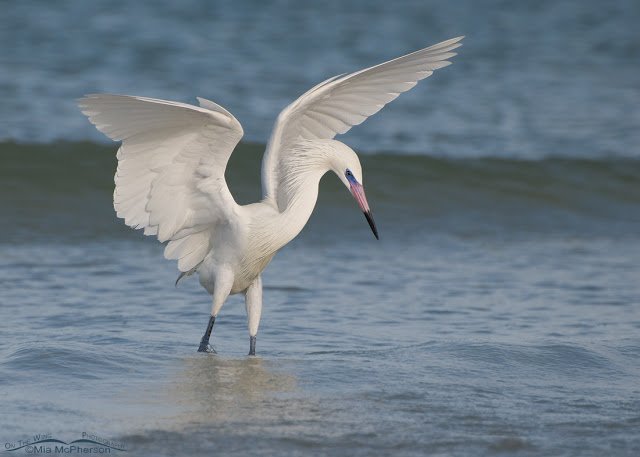 Reddish Egret (white morph), photo by Mia McPherson
Reddish Egret (white morph), photo by Mia McPherson
Reddish Egret, Egretta refescens
- Reddish Egret Morphs – Mia McPherson, On the Wing Photography
- White Morph Reddish Egret in Stormy Light – Mia McPherson, On the Wing Photography
- Reddish Egret at the Salton Sea State Recreation Area – Tim Schreckengost, Thermal Birding
- Reddish Egret – White Form and Dark Form – Corey Finger, 10,000 Birds
Western Reef Heron, Egretta gularis
- It’s Back, the Western Reef Heron in Brooklyn – Corey Finger, 10,000 Birds
Cattle Egret, Bubulcus ibis
- Cattle Egret at Floyd Bennett Field Brooklyn – Corey Finger, 10,000 Birds
- Cattle Egret in the Bronx – Corey Finger, 10,000 Birds
- Cattle Egrets Next to Stuff – Tai Haku, Earth, Wind & Water
- History of Cattle Egret in Pennsylvania – Drew Weber, The Nemesis Bird
Squacco Heron, Ardeola ralloides
- Squacco Heron, Blagdon – Andy Gibb, Pokerbird
Boat-billed Heron, Cochlearius cochlearius
- Boat-billed Heron, Cochlearius cochlearius – Corey Finger, 10,000 Birds
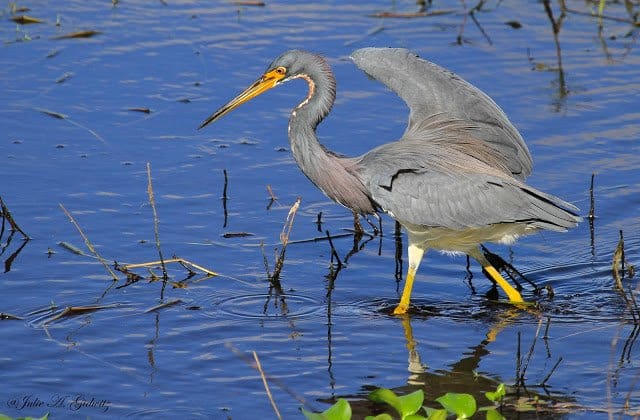 Tricolored Heron, photo by Julie Gidnitz
Tricolored Heron, photo by Julie Gidnitz
Nankeen Night Heron, Nycticorax caledonicus
- Wary Potterers and the Swampy Shallows – Duncan Fraser, Ben Cruachen Blog
Black-crowned Night Heron, Nycticorax nycticorax
- Juvenile Black-crowned Night Heron: A Winter Treat – Mia McPherson, On the Wing Photography
- Black-crowned Night Heron Lift off – Mia McPherson, On the Wing Photography
- Black-crowned Night Heron Juvenile and Adult – Larry Jordan, The Birder’s Report
- Black-crowned Eating a Fish – Corey Finger, 10,000 Birds
- Black-crowned Night Heron at Big John’s Pond – Corey Finger, 10,000 Birds
Yellow-crowned Night Heron, Nyctanassa violacea
- A Visitor at Our Pool – Charlotte Wasylik, Prairie Birder
- Hungry Heron – Mia McPherson, On the Wing Photography
- Yellow-crowned Night Heron – Corey Finger, 10,000 Birds
Green Heron, photo by Julie Gidnitz
Green Heron, Butorides virescens
- Big Catch – Julie Gidwitz, Birding is Fun!
- Green Heron Nesting Update – Larry Jordan, The Birder’s Report
- Green Herons and their Groovy Necks – Mike Bergin, 10,000 Birds
- How do your spell “Shitepoke”? – Julie Zickefoose, 10,000 Birds
- Green Heron at Five Rivers – Corey Finger, 10,000 Birds
Striated Heron, Butorides striata
- A Striated Heron Comes into our Garden – Clare Morton, 10,000 Birds
American Bittern, Botaurus lentiginosus
- Verm gets Em-bitterned – John Sherman, VermPhoto
- American Bittern and the Art of Observation – Scott Simmons, Birding is Fun!
- Where’s Waldo? – Matt Zeitler, Orange Birding
American Bittern, photo by Scott Simmons
General Herony
- Rich Pickings – Duncan Frasor, Ben Cruachen Blog
- Orlando Wetlands, It’s Christmas – Dawn Fine, Dawn’s Bloggy Blog
- Just Wading Around – Tammy Karr, Birding is Fun!
- Big White Wading Birds – Mia McPherson, Birding is Fun!
- Florida Foragers – Julie Gidnitz, Birding is Fun!
- Non-white Wading Birds – Scott Simmons, Birding is Fun!
- Comparing Black-crowned and Yellow-crowned Night Herons – Mia McPherson, On the Wing Photography
- Everybody has a First Bird – Melissa Penta – My Digital Mind
- Waderfest – Nate Swick, 10,000 Birds
- Feeding Frenzy at Jamaica Bay – Corey Finger, 10,000 Birds
- What is a Night Heron? – Mike Bergin, 10,000 Birds


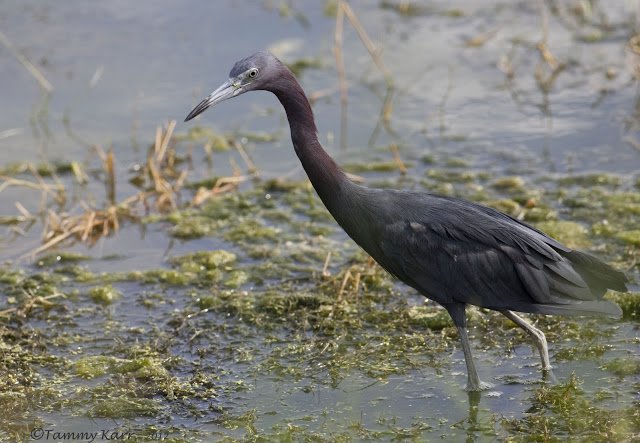
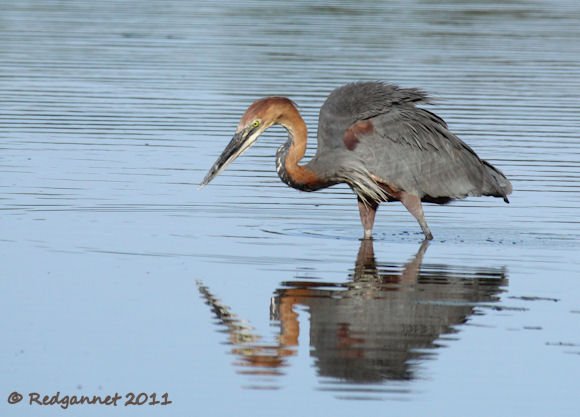
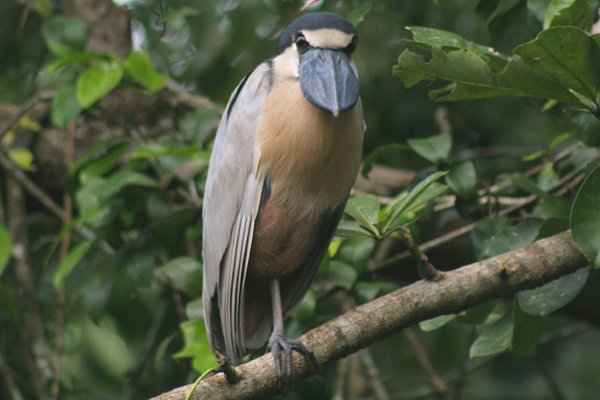
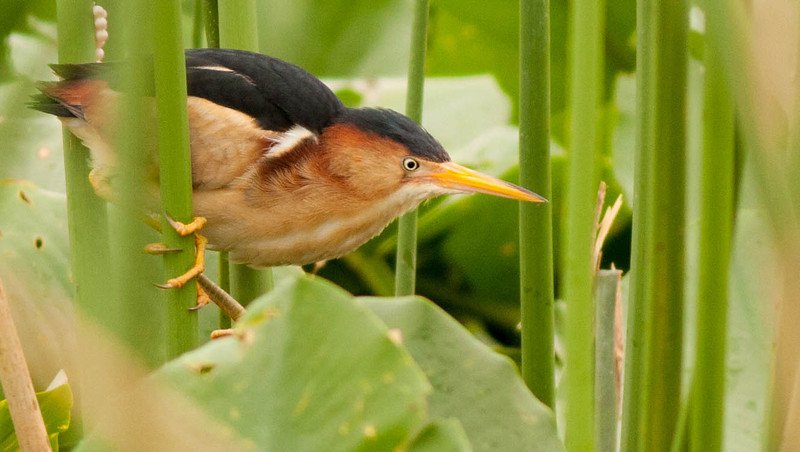
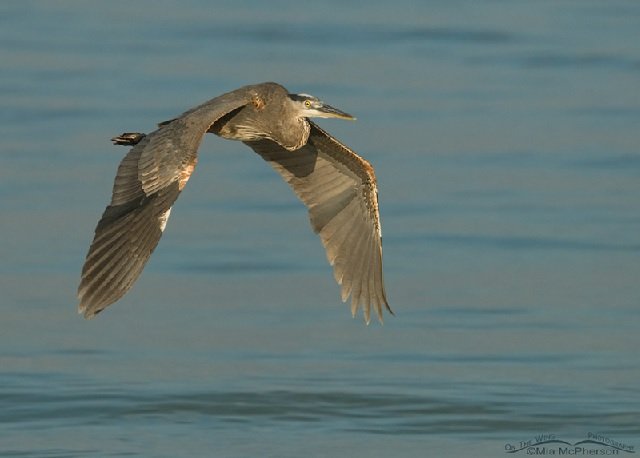
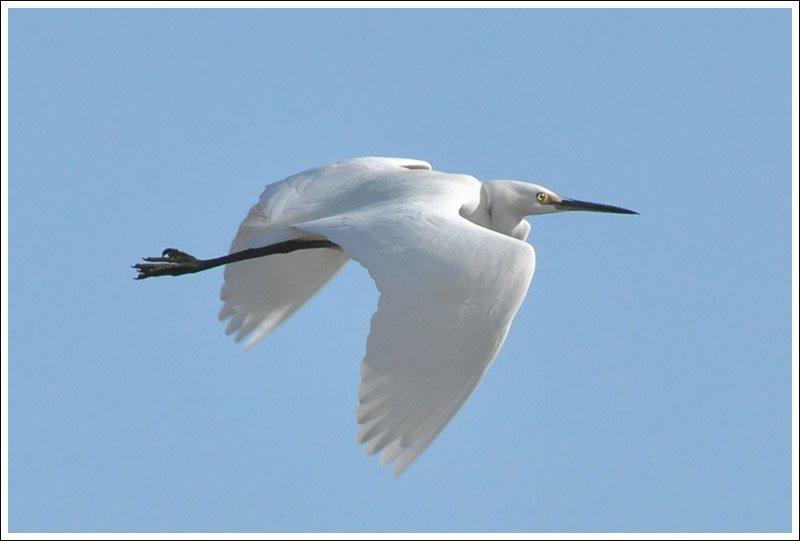
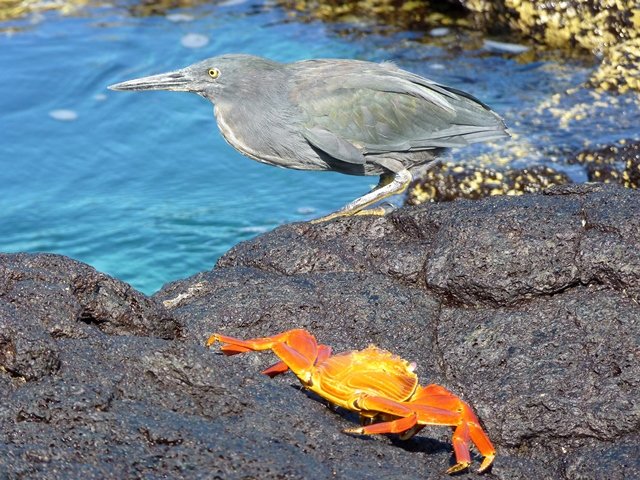
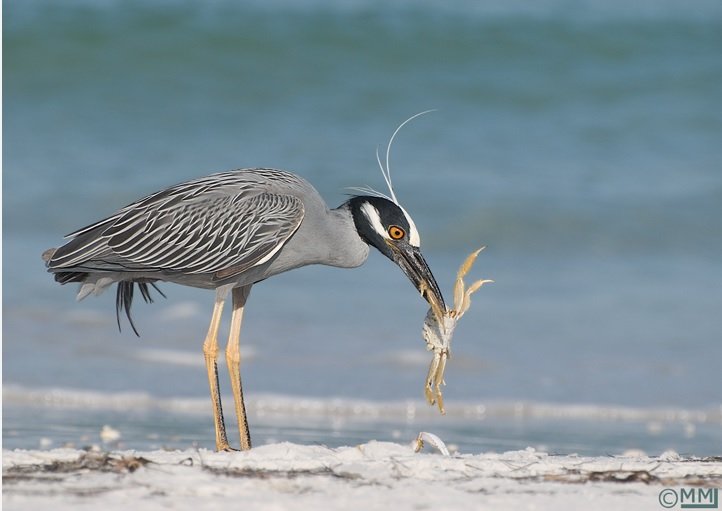
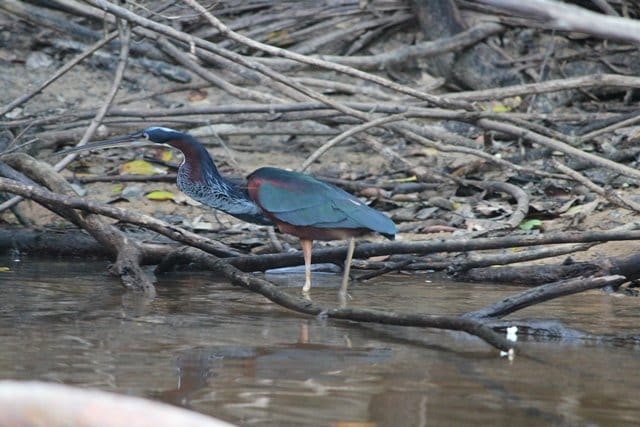

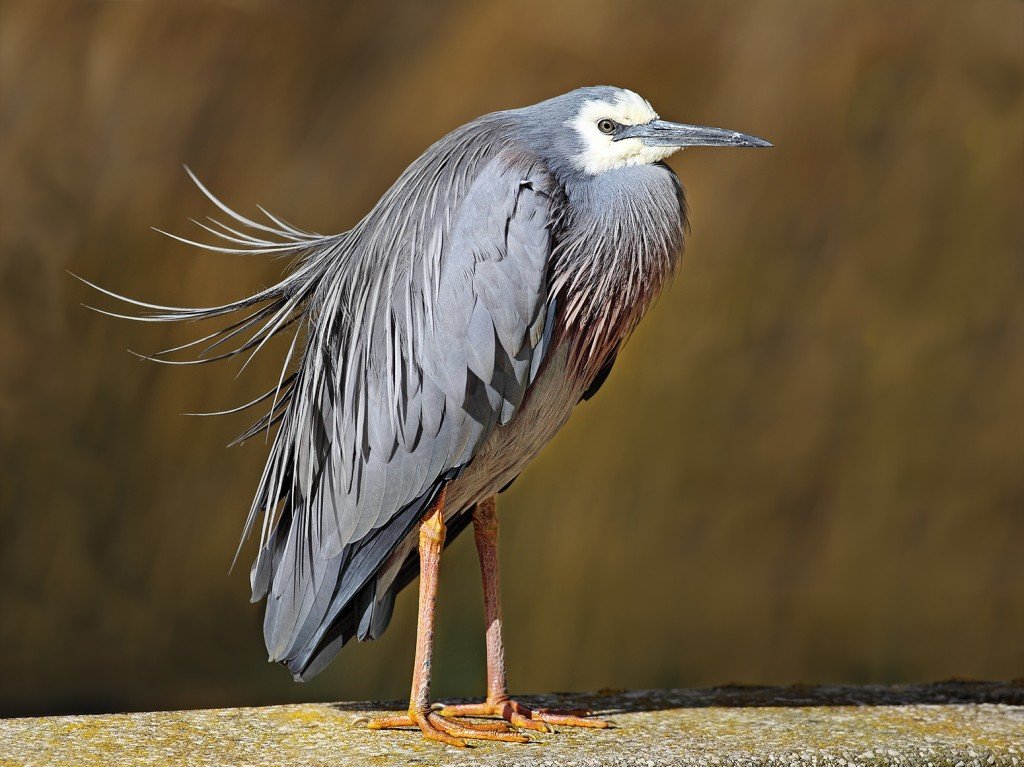
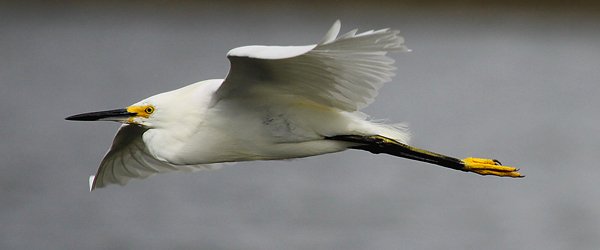
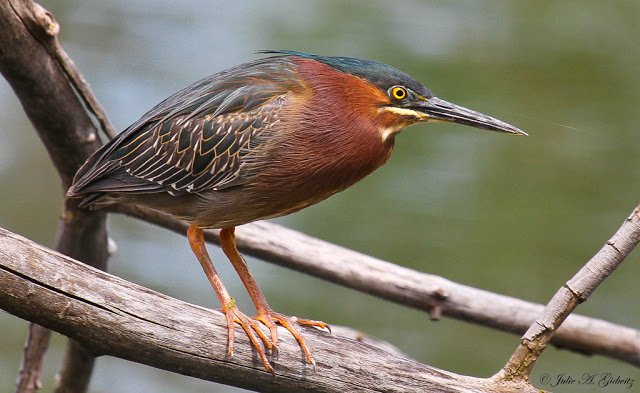
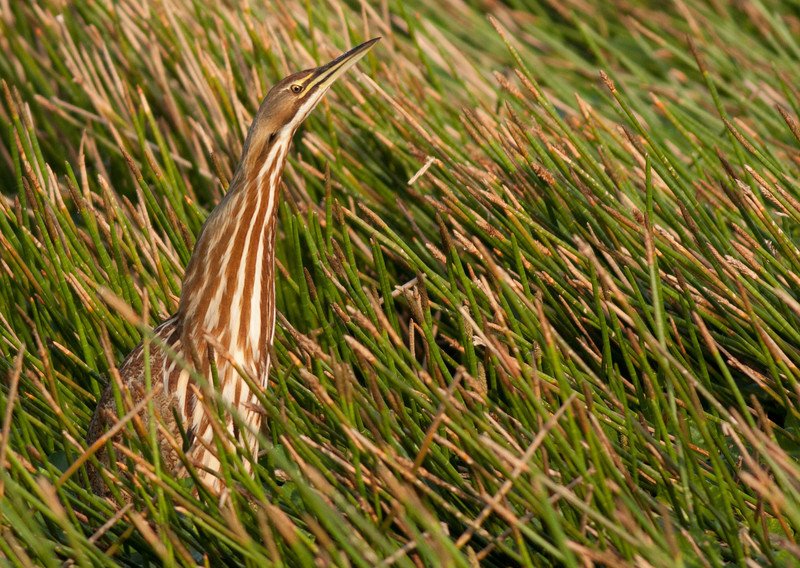




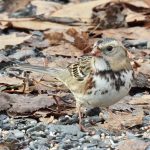
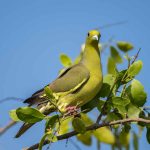
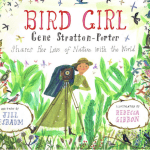



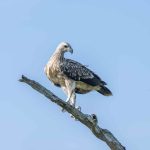
Leave a Comment